Nine road bike trends that will shape 2023: affordable electronic groupsets to the growth of 3D printing
We consider the way forward for road bikes in the new year
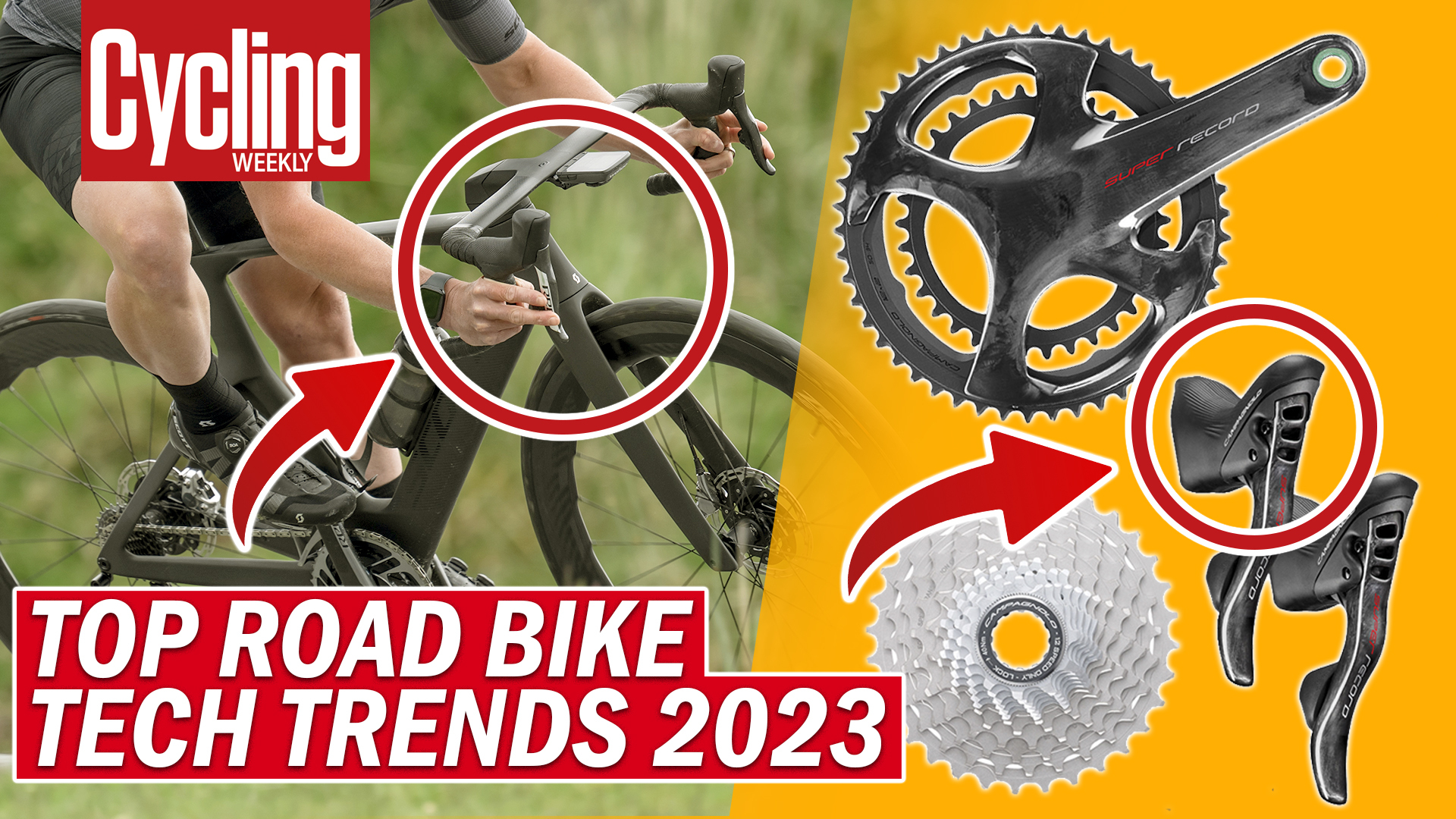

In 2022 the pace of innovation started to pick up again after the pandemic and we’re expecting big things for 2023. Here's a look at the nine developments and trends we think will help define road bike tech in the upcoming year.
Come on crystal ball, don’t let me down…
More electronic groupsets down to the fourth tier

SRAM has been spearheading the electrification of its groupsets, with the top three - Red, Force and Rival - all coming in wireless eTap AXS versions.
Last year Shimano launched 105 Di2, an electronic version of its third-tier groupset, which was originally a set of budget components designed for ‘leisure’ as well as ‘sport’ riding. It was a gateway groupset to what were, and still are, regarded as the ‘serious’ ones, Dura-Ace and Ultegra.
The 105 Di2 iteration costs about twice as much as the previous mechanical version, but despite that, the transformation of more low-end groupsets looks set to continue, with new patents recently discovered to suggest SRAM is about to launch an electronic, wireless version of Apex, its entry-level road groupset.
There will undoubtedly be a jump in price and - in the middle of a cost-of-living crisis - where does that leave the rider who wants a lightweight, good quality mechanical groupset?
Evolution of Shimano mechanical groupsets
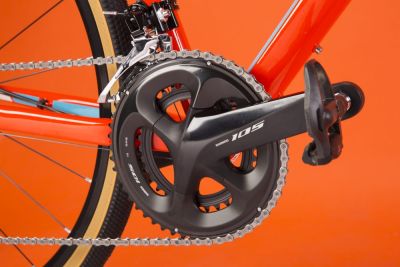
We don’t believe Shimano will completely leave its less-well-off mechanical-loving customers in the lurch.
Get The Leadout Newsletter
The latest race content, interviews, features, reviews and expert buying guides, direct to your inbox!
SRAM still offers 1x mechanical versions of Force and Rival - and we imagine will probably keep a 1x mechanical Apex once the eTap AXS version is launched. Given this, we wouldn’t be surprised if Shimano introduced a lightweight, sophisticated mechanical groupset aimed at impecunious amateur racers.
Dura-Ace, Ultegra and 105 are 12 speed - so what about a 12-speed mechanical 105 groupset? We can’t believe Shimano would leave 10-speed Tiagra as the top mechanical groupset, and it’s been indicated that the older 11-speed mechanical 105 would only continue to be manufactured “for the time being”.
It also seems likely that Shimano will simplify the lower, non-series groupset for better clarity on compatibility - so we expect a refinement perhaps based on how many speeds drivetrain components are designed for - perhaps Shimano 7 and Shimano 8 phasing out Tourney and Claris, for example?
Campagnolo goes wireless or 13 speed for the road?
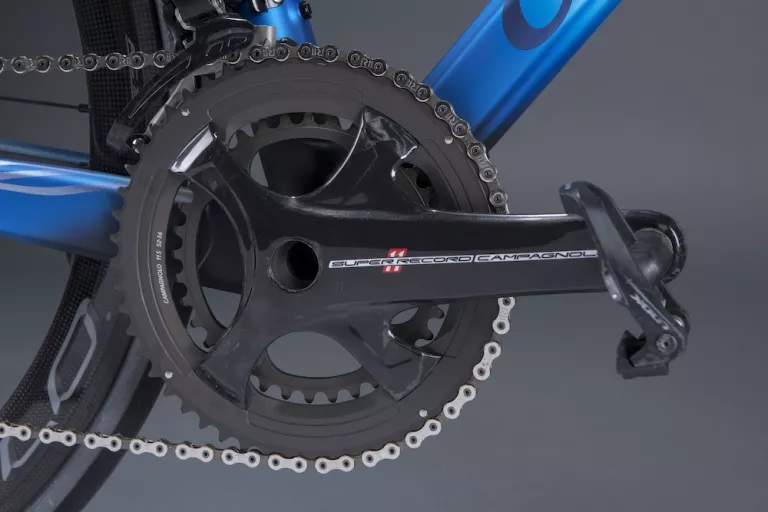
Things have been very quiet on the Campagnolo front lately. In fact, there was nothing new of note in 2022. With Shimano going semi-wireless with Dura-Ace and Ultegra and now 105 Di2, and SRAM eTap possibly to feature in four of its groupsets next year, Campag must surely be planning a wireless groupset or groupsets.
Or - and maybe even ‘and’... 13 speed for the road? Campagnolo traditionally has been one cog ahead of the others, so will it port over some of the 13-sprocket tech from 1x Ekar to 2x Super Record, Record and Chorus? Perhaps the Italians are designing something really huge - 13-speed, wireless Super Record?! That really would be pretty spectacular and we’d love to see that. Imagine an 11-23 straight-through block - a time triallist's dream and it would look amazing to boot.
Road tires stop getting wider
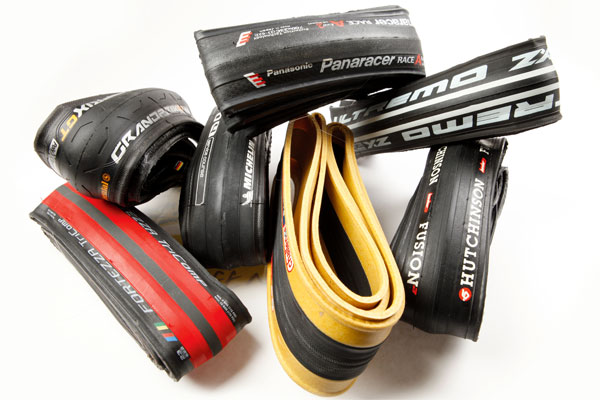
We’ve been seeing wider road tires made possible by the move to disc brakes, but how wide is too wide? Well, wheel brand Parcours’ Dov Tate said he thought there was no need for a tire wider than 30mm as long as roads don’t get any rougher.
After 30mm, tyres are heavier, likely to be less aerodynamic, and more importantly are not yet manufactured. The ‘all-road’ sector with its mixed terrain starts to take over from that point, although Continental does make the Grand Prix 5000 S TR in a 32mm.
So it could be that if the industry settles on 28 or 30mm as the standard for the road, there will be no need for frames to be designed with clearance for 34mm and we could see ‘cigarette paper’ clearances returning to dedicated road bikes.
3D printed bikes and components
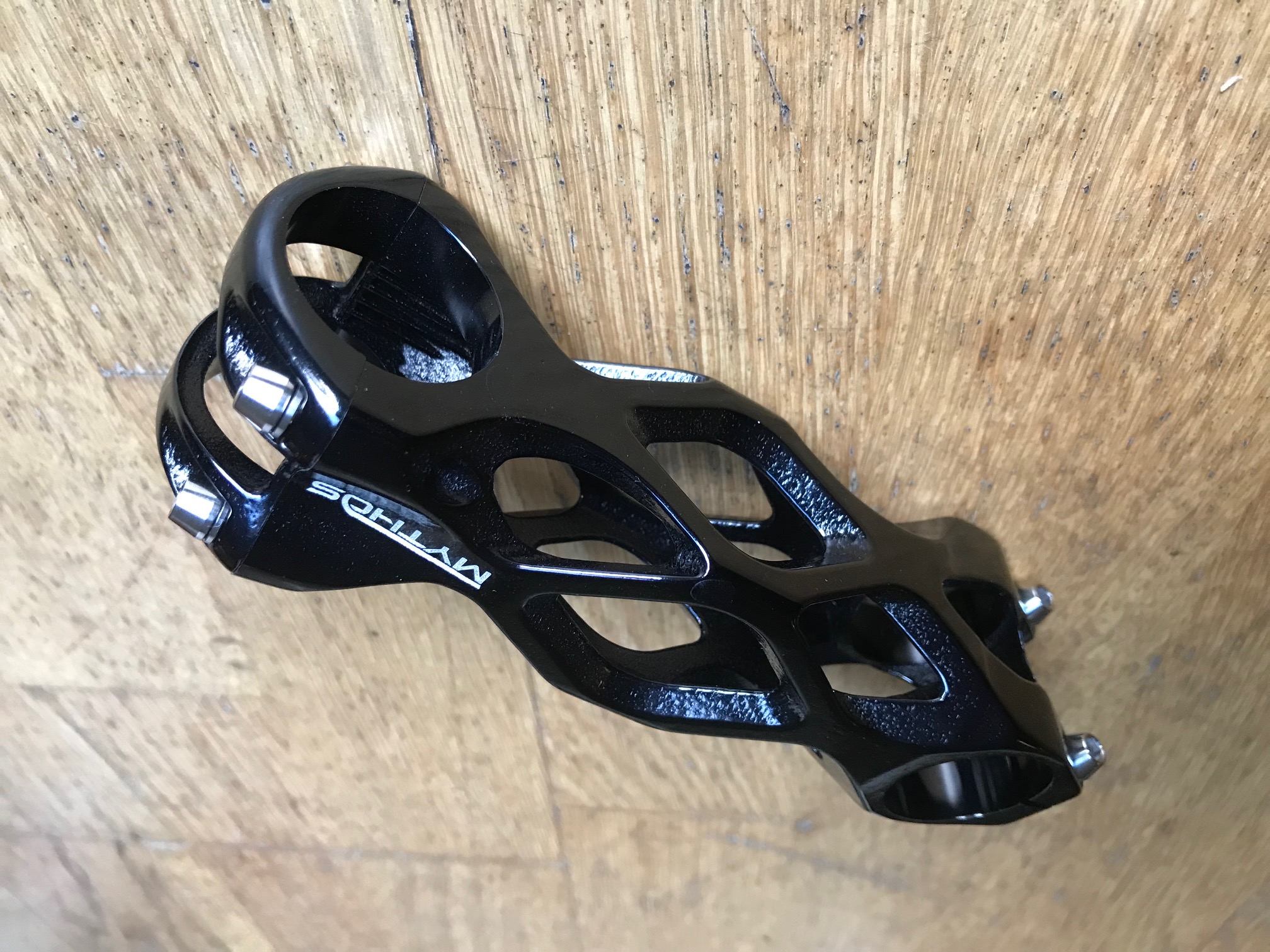
It’s fair to say that 2022 was the year when 3D printing truly arrived. Filippo Ganna’s Pinarello track bike that he used to break the Hour Record had a 3D printed aluminium frame that featured aerodynamic features that are very difficult to make using standard manufacturing methods.
Metron, the British company headed up by the designer of the UK Sport track bike Dimitris Katsanis, worked with Pinarello to produce the bike, and is itself fully invested in 3D printing.
Cycling Weekly reviewed a 3D printed skeleton-like stem this year that, although it didn’t actually offer any performance advantages, demonstrated that 3D printing is at the stage where it can be used to safely make any part of a bike.
At the Bespoked show in London we also saw how 3D printed lugs or ‘yokes’ are fairly standard in the custom bike sector, where it now works out cheaper to 3D print a very small number of items that the framebuilders can design themselves than any other manufacturing method. Furthermore, it's applicable to all the favoured materials; steel, carbon, titanium and aluminium can all be 3D printed.
Creative ways to build in comfort and reduce weight

With the UCI’s relaxation of the 3:1 rule we’ve been seeing some deeper tubing on the latest aero bikes such as the Trek Madone, Scott Foil and Cervelo S5. But wing-shaped profiles don’t flex like round tubes do, at least not in the direction that helps with ride comfort, so we’ve seen the bike designers actually removing some of the material from seat tubes to make them a bit more compliant.
The Scott Foil RC has a cutout at the rear of its seat tube that’s filled with a fairing to preserve the aerodynamics (or a clever integrated rear light as an upgrade) that allows it to flex.
While the Trek Madone simply has a hole called IsoFlow, which serves a total of three purposes: it is claimed to improve aerodynamics, reduce weight and increase comfort.
Giant played it straight with its new Propel, relying on carbon manufacturing for the necessary ‘give’ in the tubing.
But it seems as though we’re leaving behind the era of the ‘cookie cutter’ carbon bike and entering an era where designers are getting imaginative again - and we’re sure to see some wild new shapes in 2023.
Device integration adopted by more manufacturers
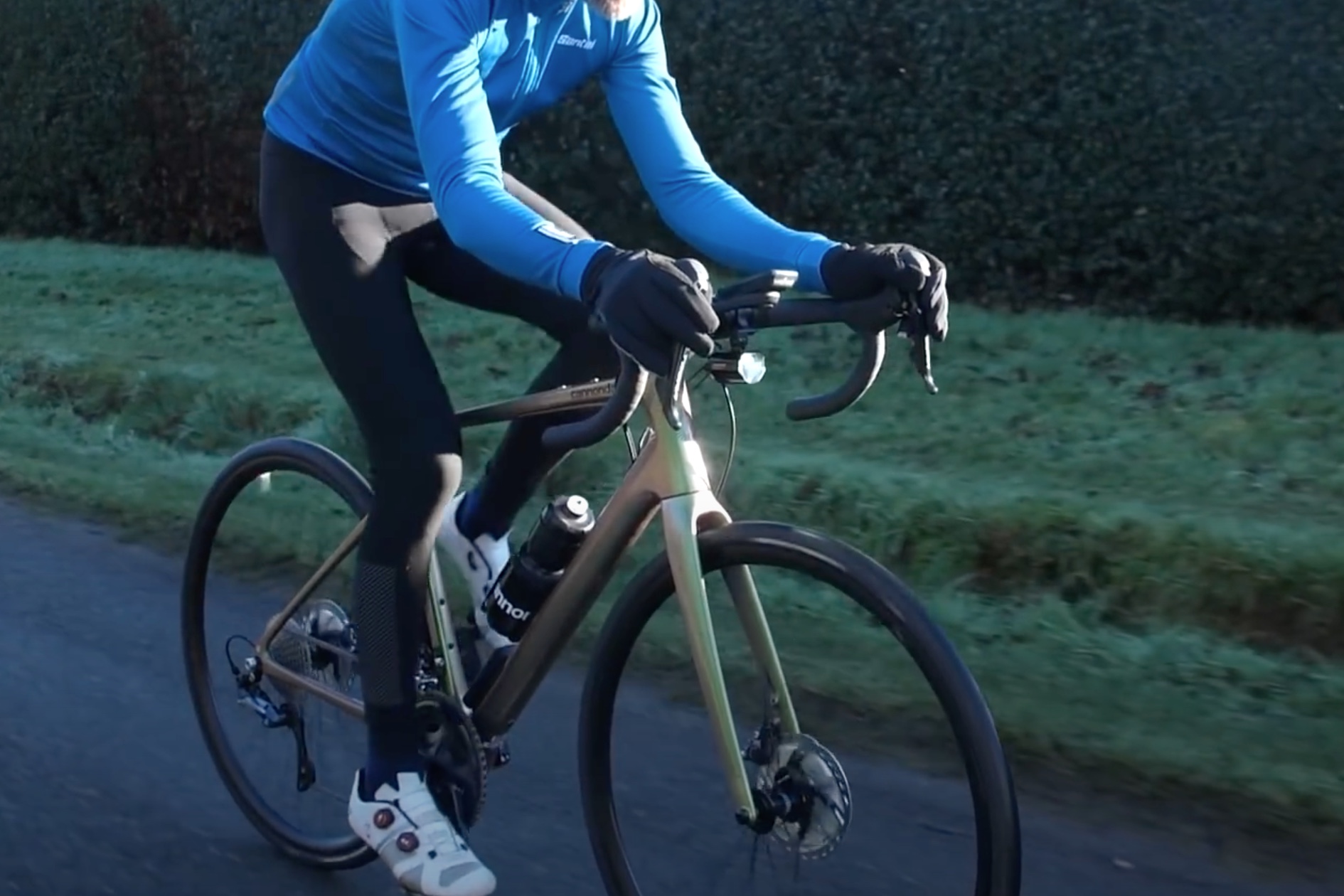
Cannondale’s SmartSense system, which has integrated lights and rear-facing radar that are charged by a single frame-mounted battery, got a mixed reaction from the bike-buying public when it launched with the new Synapse endurance bike in 2022.
However, Cannondale is persevering and said at the time that most future Cannondale road models would incorporate some level of SmartSense compatibility. Cannondale then launched a SmartSense-equipped Topstone Carbon - a gravel bike - but for 2023 we are fairly certain we’ll see a new Cannondale road bike and we wouldn’t bet against Cannondale sticking to its promise.
It’s also likely the more manufacturers of road bikes will start to think along the same lines as Cannondale. Many ebikes have this integration for the sake of convenience and confidence, so if it can be made lightweight enough, why not road bikes too?
A new Cannondale aero all-rounder
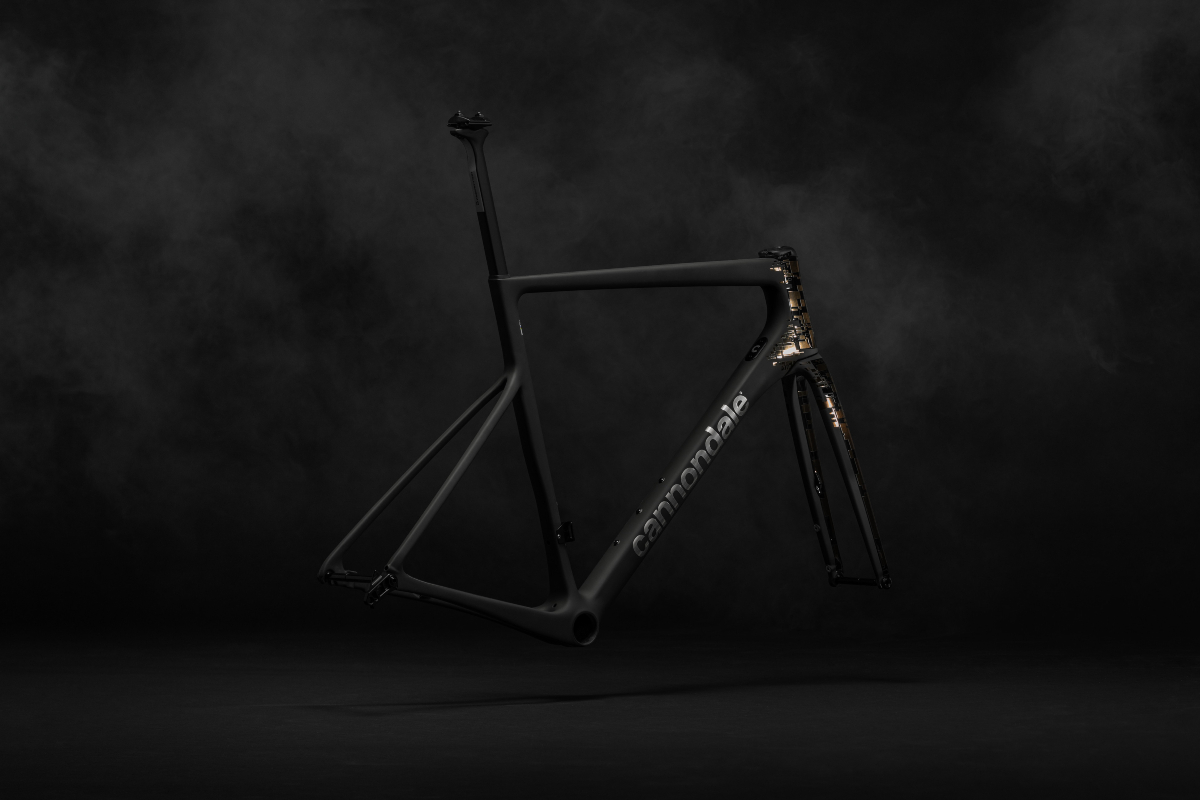
Let’s stick with Cannondale for this one.
In 2022 we got a ‘Leichtbau’ version of the SuperSix Evo, which was a lighter version of the existing bike instead of the brand new one we were expecting.
So 2023 has to be the year of the new Cannondale. Will they merge the SuperSix Evo and the aero SystemSix like Specialized did with the SL6 and the Venge to create the Tarmac SL7? Either way it promises to be something pretty interesting. Whether it will have chunks of the frame missing in order to make it faster, lighter and more comfortable remains to be seen.
More magnesium bikes
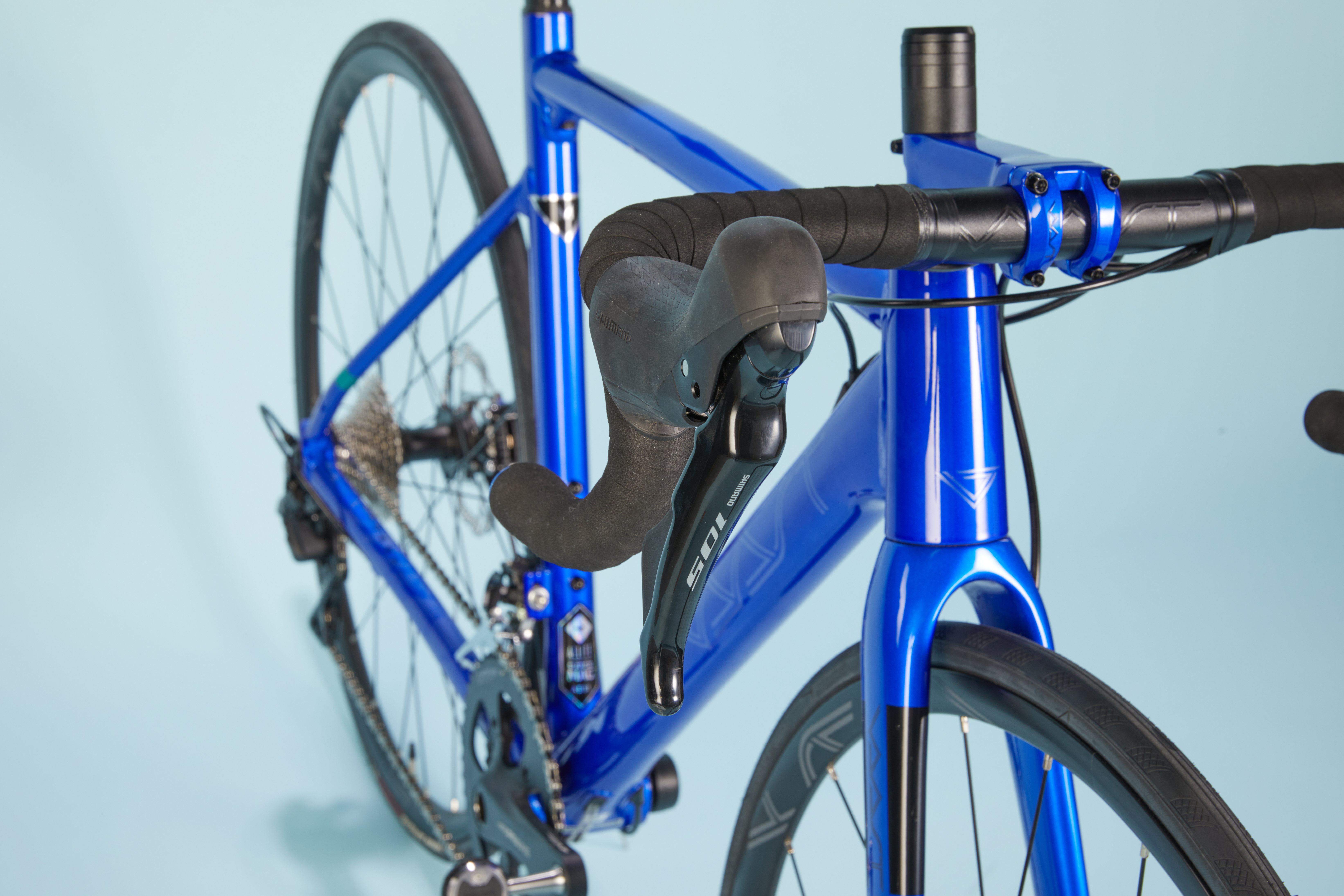
The VAAST R/1 is made from a magnesium alloy that the manufacturer claims is lighter than titanium, stronger than steel and priced competitively against aluminium.
It’s also easier to recycle than aluminium and VAAST is focusing even more on lessening its environmental impact with fiber-based, plastic-free packaging.
For a first effort we were really impressed with the VAAST when we reviewed it, but what we’re really excited about is where magnesium will go next. This really could be the frame material of the future, particularly with its eco credentials, which will play an increasingly important role in the bike industry in the future

Thank you for reading 20 articles this month* Join now for unlimited access
Enjoy your first month for just £1 / $1 / €1
*Read 5 free articles per month without a subscription

Join now for unlimited access
Try first month for just £1 / $1 / €1
Simon Smythe is a hugely experienced cycling tech writer, who has been writing for Cycling Weekly since 2003. Until recently he was our senior tech writer. In his cycling career Simon has mostly focused on time trialling with a national medal, a few open wins and his club's 30-mile record in his palmares. These days he spends most of his time testing road bikes, or on a tandem doing the school run with his younger son.
-
 'I start every race to win' - Mathieu van der Poel fired up ahead of Paris-Roubaix showdown with Tadej Pogačar
'I start every race to win' - Mathieu van der Poel fired up ahead of Paris-Roubaix showdown with Tadej PogačarTwo-time winner says he has suffered with illness during spring Classics campaign
By Tom Thewlis Published
-
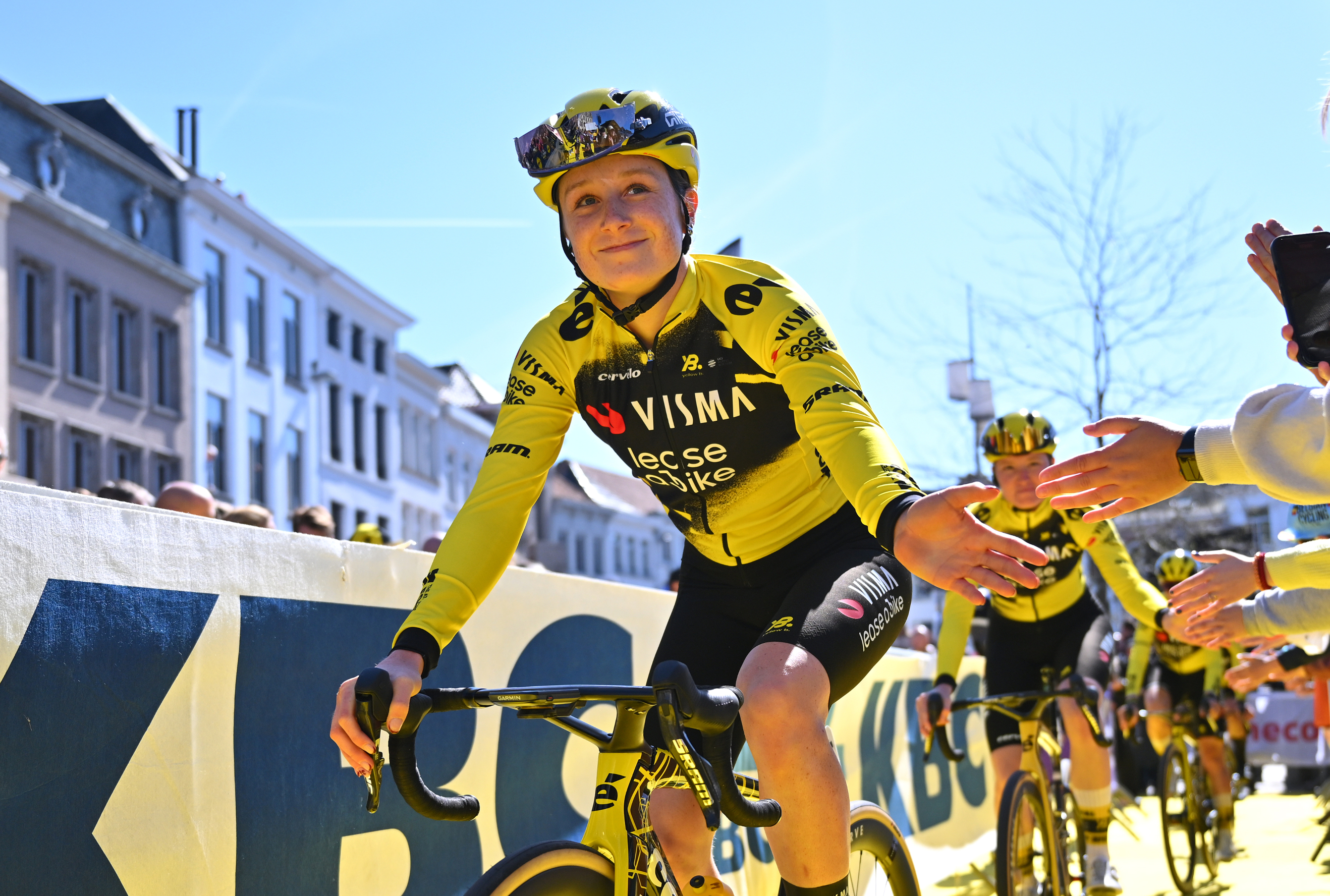 'It's really surreal that now I'm part of it' - 19-year-old Imogen Wolff set to go from spectator to racer at Paris-Roubaix
'It's really surreal that now I'm part of it' - 19-year-old Imogen Wolff set to go from spectator to racer at Paris-RoubaixBrit first came to see the 'Hell of the North' when she was six
By Tom Davidson Published